Are you fascinated by German Shepherds? They are one of the most well-known and beloved dog breeds around the world. Their intelligence, loyalty, and versatility make them excellent companions and working dogs. In this post, we’ll uncover the rich history of German Shepherds, discuss their physical and personality traits, and provide practical tips for training and caring for these exceptional animals.
The Origins of the German Shepherd
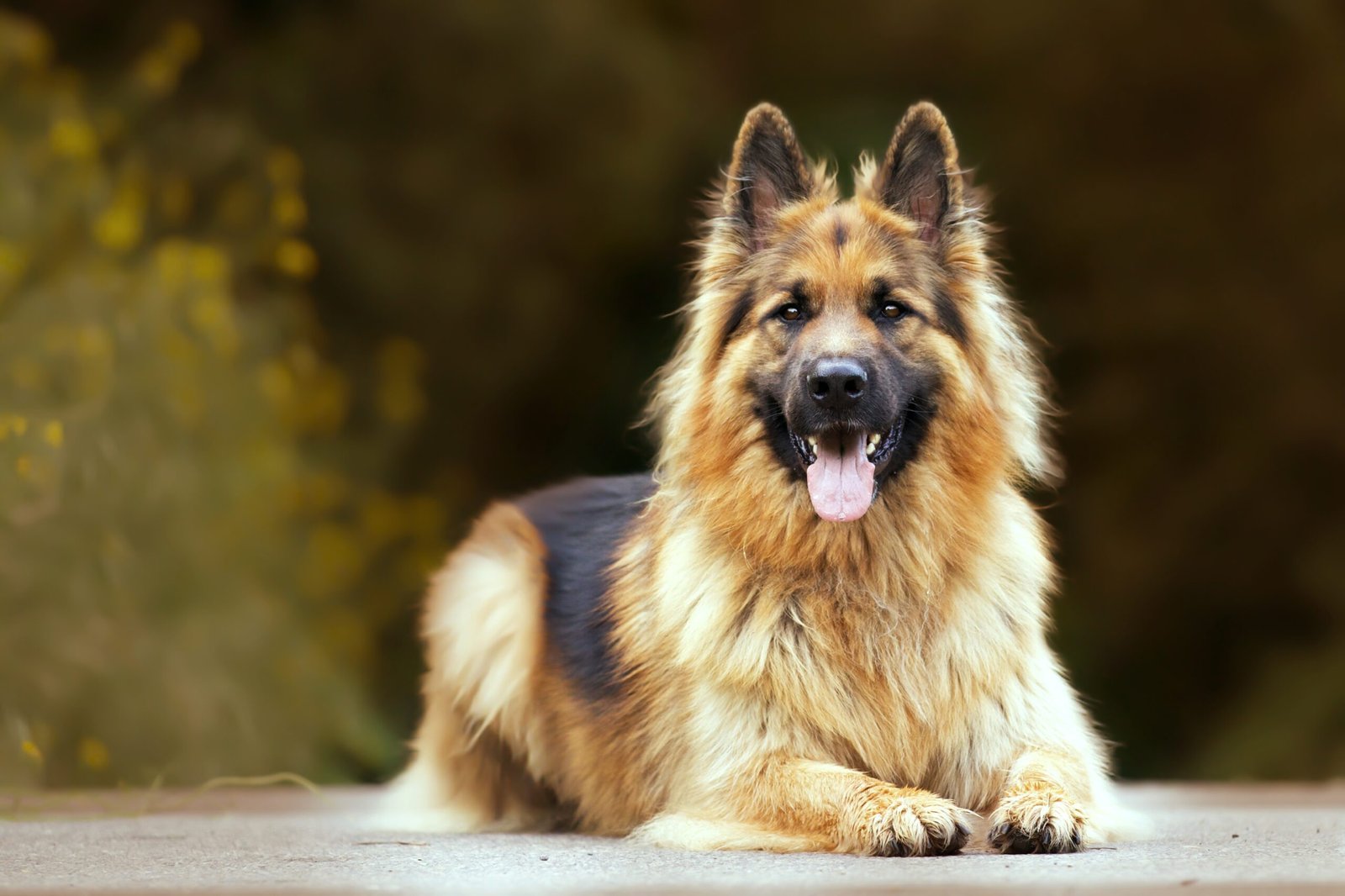
Early History and Development
The roots of the German Shepherd can be traced back to the 19th century in Germany, where the need for an efficient herding dog was paramount. Farmers required a reliable companion to manage their livestock, protect their property, and assist with daily tasks. This demand led to the selective breeding of various local herding breeds with a focus on developing an all-purpose working dog.
Over time, these efforts resulted in the German Shepherd we know today, a breed renowned for its work ethic, intelligence, and protective instincts. The breed’s versatility extended beyond farms as they became popular choices for police, military, and search and rescue operations due to their unmatched dedication and adaptability.
The Role of Captain Max von Stephanitz
Captain Max von Stephanitz is credited with developing the modern German Shepherd. In the late 1800s, he noticed a dog named Hektor Linksrhein at a dog show and admired its power and intelligence. Renaming the dog Horand von Grafrath, he founded the Verein für Deutsche Schäferhunde (SV), the first German Shepherd Club. Von Stephanitz’s vision and dedication laid the foundation for the breed’s future.
German Shepherds in Herding and Working Roles
Initially, German Shepherds were bred for herding sheep, a task for which their high intelligence, agility, and strong work ethic made them ideally suited. These dogs excelled at managing livestock, ensuring the safety and order of the flock with remarkable skill.
Over time, the breed’s roles expanded beyond agriculture into various working capacities, including police work, military service, and search and rescue missions. German Shepherds have also served as guide dogs, showcasing their versatility and intelligence in assisting individuals with visual impairments.
Their keen sense of smell, ability to learn commands quickly, and unwavering loyalty made them invaluable in these demanding fields.
The breed’s double coat provides protection and durability, essential for their work in various environments. This versatility and adaptability have contributed significantly to their enduring popularity, making them beloved companions and respected working dogs worldwide.
The breed’s prominence is further recognized by major kennel clubs, which uphold the standards and heritage of the German Shepherd.
Did You Know?
During World War II, German Shepherds were often used for search and rescue, carrying messages, and working as sentry dogs.
Related Reading
- Types of German Shepherds
- German Shepherd vs Australian Shepherd
- German Shepherd vs Belgian Shepherd
- German Shepherd vs Dutch Shepherd
- German shepherd vs King Shepherd
- German Shepherd vs Shiloh Shepherd
- German Shepherd vs White Shepherd
- German Shepherd vs Swiss Shepherd
- German Shepherd vs Bohemian Shepherd
- German Shepherd vs Anatolian Shepherd
Types of German Shepherds
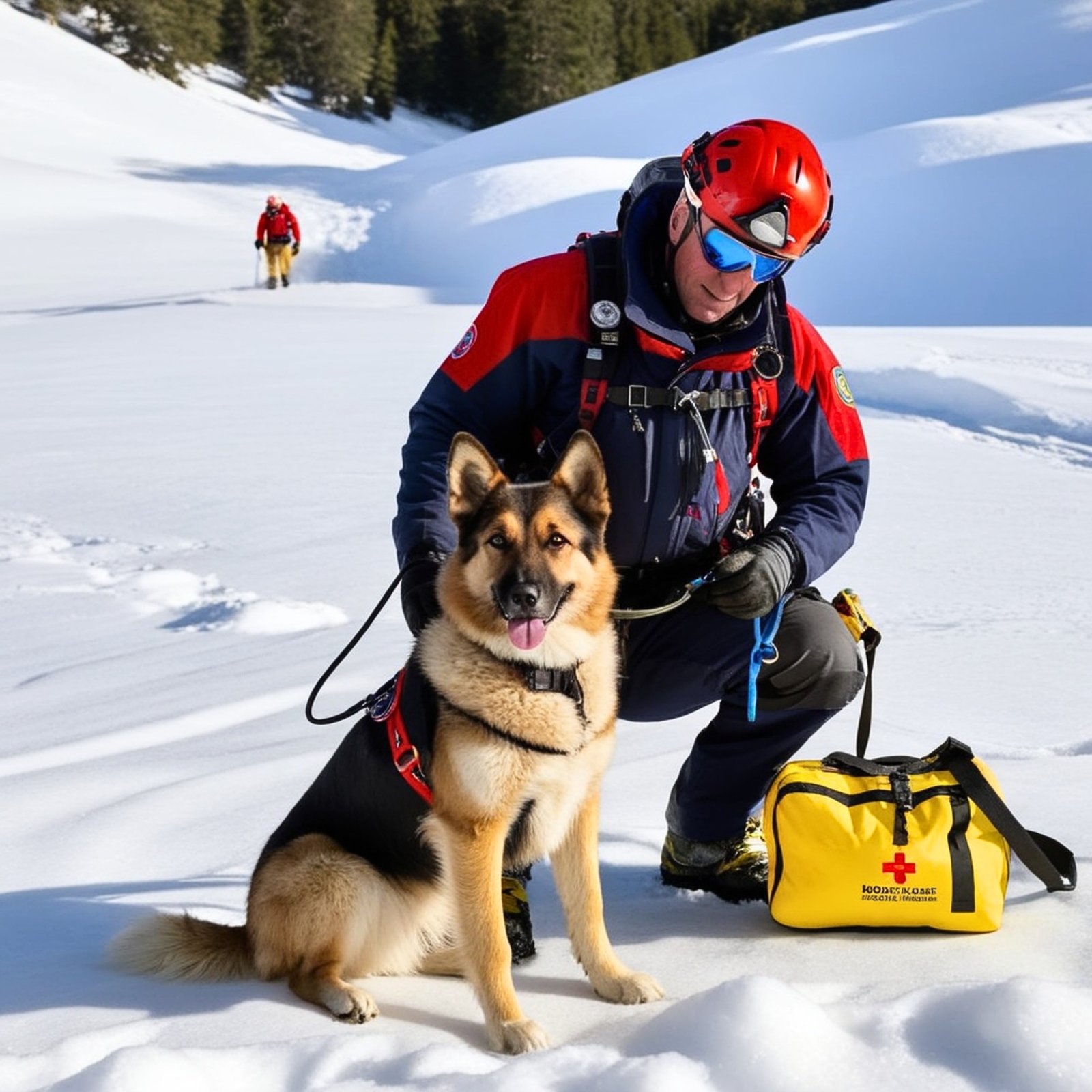
Show Line vs. Working Line German Shepherds
There are two primary types of German Shepherds: Show Line and Working Line. Show Line German Shepherds are bred for their appearance and conformation, making them ideal for dog shows. They have a more refined look and are often seen in competitions.
Conversely, Working Line German Shepherds are bred for their abilities and temperament. These dogs excel in various professional roles, including police work and search and rescue missions. Their focus is on performance rather than looks.
American vs. European German Shepherds
American and European German Shepherds differ in both appearance and temperament. American German Shepherds are typically bred for show purposes, and they tend to have a more angled back compared to their working-line counterparts. This distinct physical trait is often emphasized to meet specific breed standards in dog shows.
However, some experts and enthusiasts argue that this angulated back can affect their movement and overall health, potentially leading to issues such as hip dysplasia or arthritis as they age. Despite these concerns, American German Shepherds remains popular breed for their striking appearance and loyal temperament.
European German Shepherds are bred for work and are known for their robust build and strong working drive. These dogs often possess impressive physical strength and endurance, which makes them ideal for various demanding tasks such as search and rescue, police work, and protection duties.
Their straight backs and sturdy frames contribute to their exceptional agility and stability, allowing them to perform efficiently in challenging environments. Additionally, their intelligence and loyalty make them highly trainable and reliable partners in any working situation.
Long-Haired vs. Short-Haired Varieties
German Shepherds can have either long or short coats. Short-haired German Shepherds are more common and easier to groom due to their shorter, more manageable coats. They require regular brushing to keep their fur clean and free of loose hair, but overall, their maintenance is relatively straightforward.
On the other hand, long-haired German Shepherds boast a striking appearance with their flowing, luxurious coats. However, these beautiful coats come with the need for more frequent grooming to prevent matting and tangling. This includes regular brushing sessions to ensure the coat remains in top condition, as well as occasional professional grooming to keep them looking their best.
Did You Know?
The very first guide dog for the blind was a German Shepherd named Buddy in 1928.
Physical Characteristics of German Shepherds
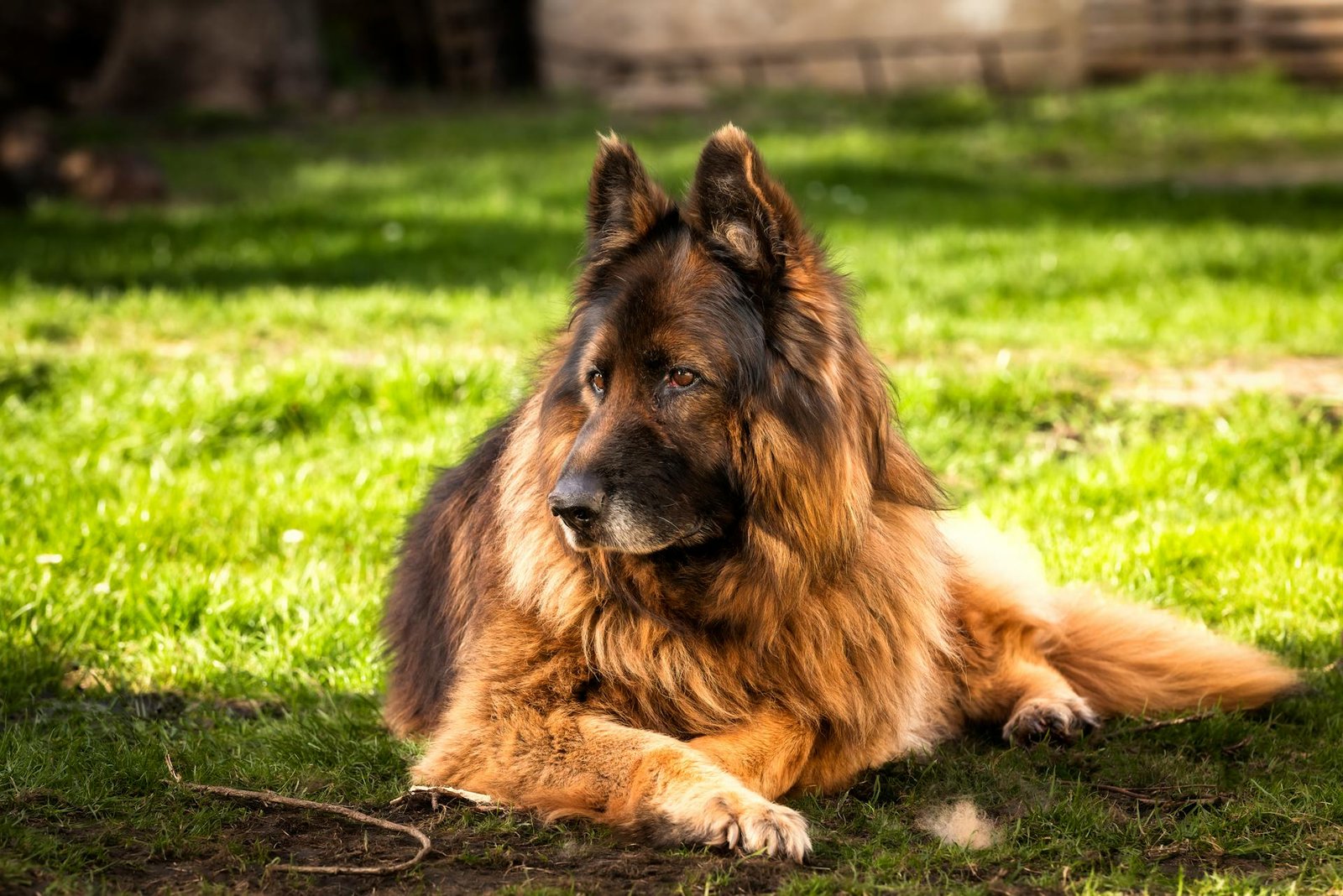
Size and Build
German Shepherds are medium to large-sized dogs known for their intelligence and versatility. Males typically weigh between 65-90 pounds, while females weigh around 50-70 pounds, making them robust companions.
Their height ranges from 22 to 26 inches at the shoulder, providing them with a commanding presence. They have a strong, muscular build that exudes strength and agility, ideal for various tasks such as herding, service work, and protection.
Coat Colors and Variations
German Shepherds come in a variety of coat colors, including the classic black and tan, the striking sable, and the sleek all-black. The black and tan color is perhaps the most recognized, giving the breed its iconic look, while the sable offers a blend of colors that can range from light gray to rich red.
The all-black German Shepherds are often admired for their majestic and elegant appearance. In addition to these common colors, some rarer variations, such as liver and panda, can be found, adding even more to the breed’s diverse appearance.
Each coat color contributes uniquely to the German Shepherd’s distinctive and varied look, showcasing the breed’s versatility and adaptability.
Unique Features of the Breed
- Erect ears giving an alert and intelligent expression
- Dark, almond-shaped eyes conveying confidence
- Curious nature
- Bushy tail
- Strong, athletic build
- Loyal and protective temperament
- Highly trainable and intelligent
- Strong work ethic
- Versatile in various roles (e.g., service dogs, police dogs)
- Adaptable to different environments and activities
Related Reading
- German Shepherd vs Blue Bay Shepherd
- German Shepherd vs Doberman
- German Shepherd vs Rottweiler
- German Shepherd vs Husky
- German Shepherd vs Coyote
- German Shepherd vs Golden Retriever
- German Shepherd vs Pitbull
- German Shepherd vs Cane Corso
- German Shepherd vs Akita
- German Shepherd vs Border Collie
Temperament and Personality
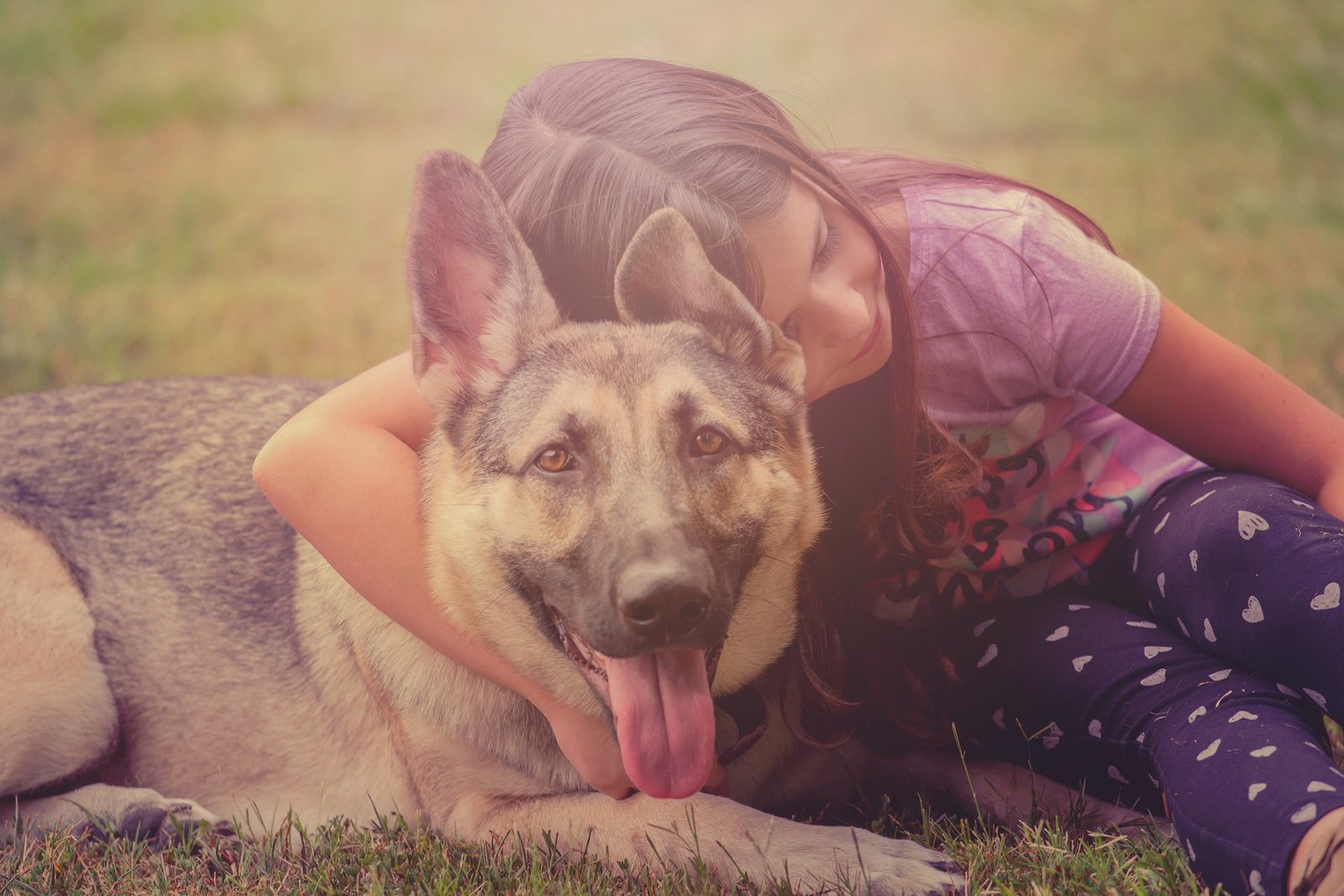
Intelligence and Trainability
German Shepherds are renowned for their intelligence and trainability, making them one of the most versatile dog breeds. They quickly learn commands and excel in obedience training, often surpassing expectations with their ability to understand complex tasks.
This intelligence and eagerness to learn make them ideal candidates for various working roles, such as police and military dogs, search and rescue operations, and service animals for people with disabilities.
In addition to their working capabilities, German Shepherds also shine in competitive dog sports, including agility, tracking, and herding trials, where their skills and athleticism are showcased.
Loyalty and Protective Instincts
Loyalty is a hallmark of the German Shepherd breed. They form strong bonds with their families and are known for their protective instincts. This makes them excellent guard dogs and loyal companions who will go to great lengths to protect their loved ones. Their intelligence and trainability add to their appeal, as they excel in various roles such as police, search and rescue, and service dogs.
German Shepherds are also highly energetic and require ample exercise and mental stimulation to remain happy and healthy. Their versatility and unwavering devotion make them a popular choice for families and professionals alike, ensuring they remain a beloved breed worldwide.
Socialization and Interaction with Families
Early socialization is crucial for German Shepherds to ensure they grow into well-rounded adults. These intelligent and energetic dogs benefit immensely from being introduced to a variety of environments, people, and other animals during their formative months. This exposure helps them develop positive behaviors and reduces the likelihood of fear or aggression as they mature.
German Shepherds are naturally attentive and eager to please, making them excellent companions when properly socialized. They thrive on interaction, enjoy being part of family activities, and are happiest when they feel included in everyday life. Regular social outings and training sessions not only stimulate their minds but also strengthen the bond between the dog and its owner, fostering a harmonious relationship.
Did You Know?
Did you know that one of the first canine movie stars was a German Shepherd? Rin Tin Tin, a rescued dog from World War I, went on to star in 27 Hollywood films during the 1920s and helped save Warner Bros. from bankruptcy!
German Shepherds in Working Roles
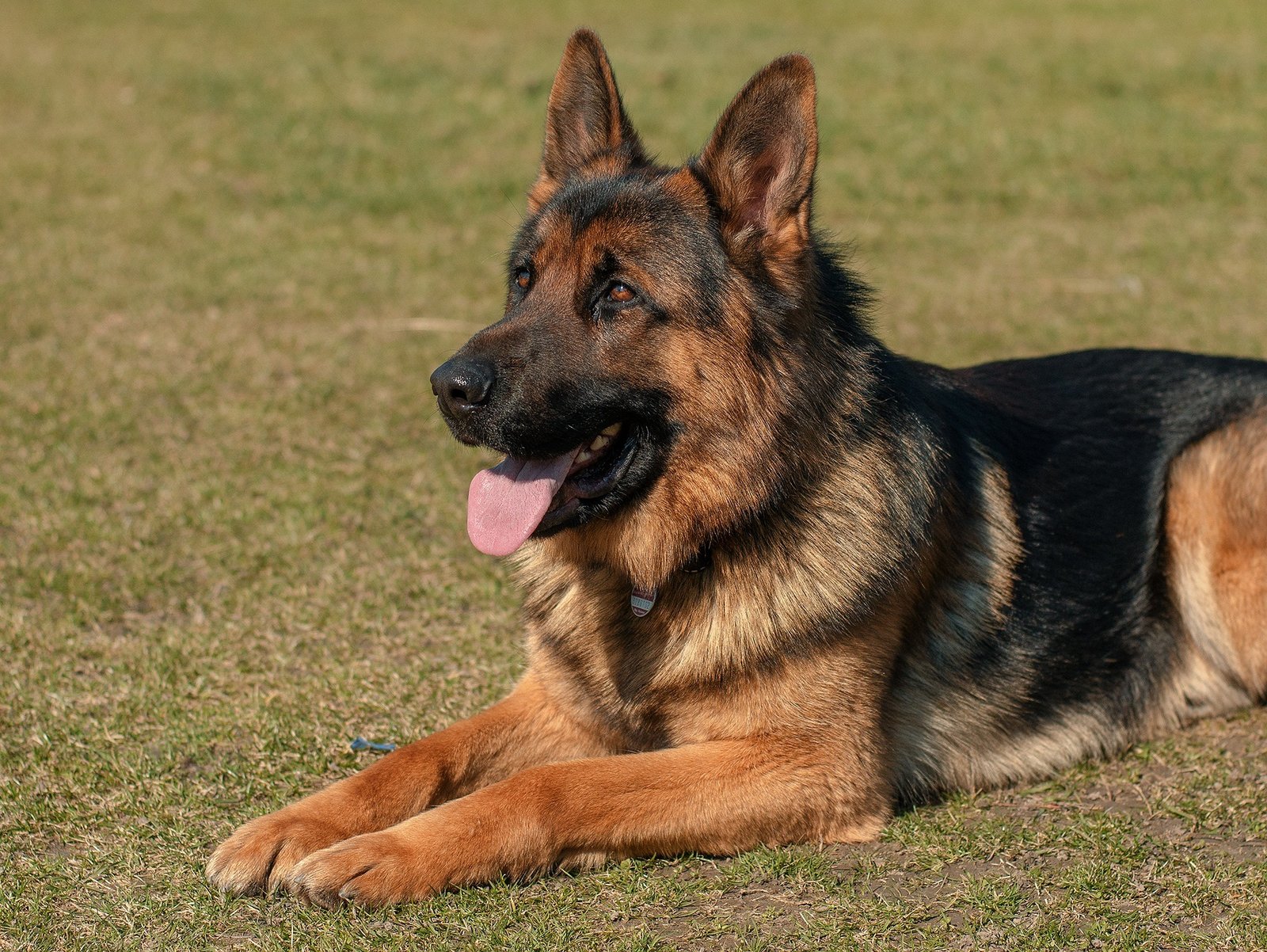
Police and Military Work
German Shepherds are a popular choice for police and military work due to their remarkable qualities and versatility. Their keen sense of smell allows them to detect narcotics, explosives, and other substances with precision, making them invaluable in law enforcement and security operations. These intelligent and trainable dogs are quick learners, capable of understanding and executing complex commands required in high-stakes situations.
Their courage and bravery enable them to confront dangerous situations head-on, whether it involves search and rescue missions in challenging terrains or apprehending suspects in intense scenarios. The unwavering dedication and loyalty of German Shepherds to their handlers and their work are unmatched, making them indispensable partners in maintaining safety and order.
Search and Rescue Missions
German Shepherds are exceptional in search and rescue missions, showcasing their superb tracking abilities and endurance.
These intelligent and courageous dogs are trained to adeptly locate missing persons in diverse and challenging environments, ranging from bustling urban landscapes to remote wilderness areas. They use their keen sense of smell and acute hearing to pick up the faintest of clues, guiding rescuers to those in need.
Their determination and focus make them ideal for these vital tasks, often working tirelessly alongside their handlers to ensure the safety and well-being of others. With their strong work ethic and loyalty, German Shepherds continue to be invaluable assets in emergency situations.
Therapy and Service Dogs
In addition to their working roles, German Shepherds also serve as therapy and service dogs, showcasing their versatility and intelligence. Their calm demeanor and ability to perform complex tasks make them perfect companions for individuals with disabilities, including those with physical impairments, autism, or post-traumatic stress disorder.
German Shepherds provide emotional support by offering comfort and companionship, helping to alleviate anxiety and depression. They also assist with daily activities, such as retrieving items, opening doors, or guiding individuals, thereby enhancing the quality of life for those they help. Their dedication and reliability make them invaluable partners in promoting independence and well-being.
Related Reading
- German Shepherd vs Alsatian
- German Shepherd vs Boxer
- German Shepherd vs Calupoh
- German Shepherd vs Giant Schnauzer
- German Shepherd vs Police Dog
- German Shepherd Working Dog vs Show Dog
- German Shepherd vs Grey Wolf
- German Shepherd vs Mountain Lion
- Can a German Shepherd Kill a Coyote?
- Can a German Shepherd Kill a Wolf?
Caring for a German Shepherd
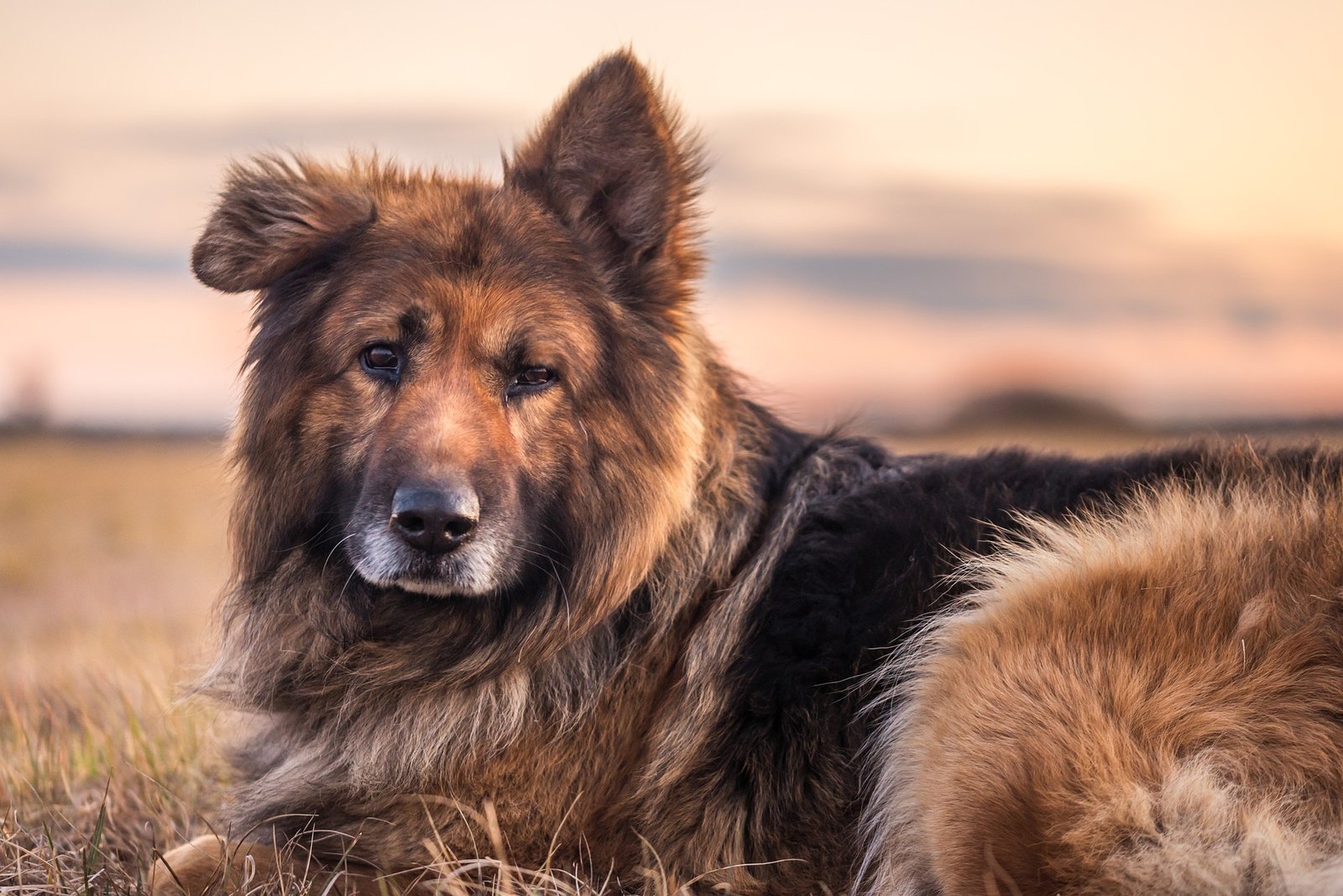
Feeding and Nutrition Needs
Ensuring your German Shepherd’s health and vitality starts with proper nutrition. Here are some key points to consider:
- Choose breed-specific, high-quality food that meets their energy and growth needs.
- Ensure 22-24% protein content for muscle development and maintenance.
- Incorporate omega-3 and omega-6 fatty acids to support skin and coat health.
- Limit carbs and fillers to avoid unnecessary weight gain.
- Feed age-appropriate portions to maintain ideal body weight and prevent obesity.
- Provide joint-supporting nutrients like glucosamine and chondroitin for long-term mobility.
Exercise and Activity Levels
To ensure they remain healthy and content, it’s important to meet their physical and mental needs through a variety of stimulating activities. Here’s how you can keep your German Shepherd in top shape:
- Daily Exercise: Regular walks are essential to match their high energy levels and keep them healthy.
- Interactive Play: Engaging in playful activities helps alleviate boredom and supports their overall well-being.
- Mental Stimulation: Activities such as puzzle toys and training exercises challenge their minds and prevent mental stagnation.
- Agility Training: Provides both physical exercise and mental challenges, enhancing their fitness and coordination.
- Obedience Training: Reinforces good behavior and discipline, contributing to a well-rounded and responsive dog.
Grooming and Coat Maintenance
Maintaining a German Shepherd’s coat involves regular brushing to remove loose hair and prevent matting. Here are some other grooming tips to consider:
- Regular Brushing: Consistent brushing helps remove loose hair and prevents matting, keeping the coat healthy.
- Frequent Grooming: Long-haired German Shepherds may need more regular grooming sessions to manage their more extensive coats.
- Occasional Bathing: Bathe your dog as needed to maintain cleanliness and coat health, avoiding over-bathing which can dry out their skin.
- Ear Care: Regularly check and clean their ears to prevent infections and buildup.
- Dental Hygiene: Brush their teeth regularly to prevent dental issues and maintain oral health.
- Nail Trimming: Keep their nails trimmed to avoid discomfort and potential injury.
Health and Lifespan
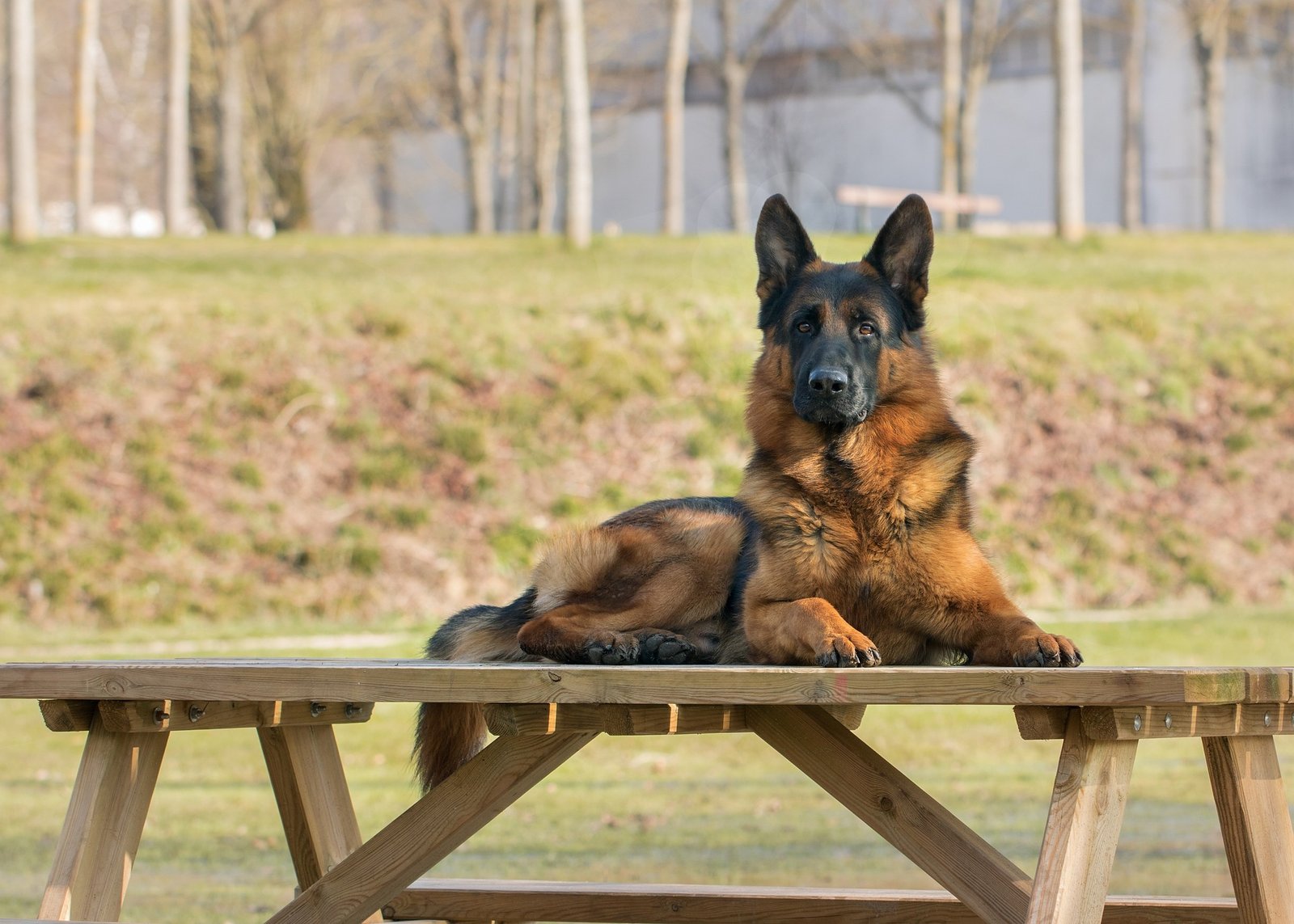
Common Health Issues
German Shepherds are generally robust and healthy dogs, but like all breeds, they are prone to certain health issues. Here are some of the most frequently encountered health issues in German Shepherds, along with their symptoms and considerations for management:
- Hip Dysplasia: A genetic condition where the hip joint does not develop properly, leading to arthritis and discomfort. Symptoms include difficulty standing up, reluctance to climb stairs, and lameness in the hind legs.
- Elbow Dysplasia: Similar to hip dysplasia, this condition affects the elbow joint and can cause pain and mobility issues. Watch for signs like limping or abnormal gait.
- Degenerative Myelopathy: A progressive disease of the spinal cord leading to hind limb weakness and paralysis. Early symptoms include dragging feet and difficulty standing.
- Bloat (Gastric Dilatation-Volvulus): A life-threatening condition where the stomach twists on itself, trapping air and affecting blood flow. Symptoms are a swollen abdomen, drooling, and signs of distress.
- Exocrine Pancreatic Insufficiency (EPI): A condition where the pancreas fails to produce sufficient digestive enzymes, causing weight loss and chronic diarrhea. Treatment typically involves enzyme supplements.
- Allergies: German Shepherds can be prone to food and environmental allergies, which can result in skin irritations, excessive scratching, and ear infections.
- Pannus: An eye condition where the cornea becomes inflamed, leading to vision impairment or blindness. It often requires ongoing medication or surgical intervention.
- Heart Disease: Conditions like dilated cardiomyopathy can affect German Shepherds. Symptoms include coughing, fatigue, and difficulty breathing. Regular vet check-ups are essential for early detection.
Preventive Measures
- Regular Vet Check-ups: Frequent veterinary visits help catch and manage health issues early.
- Healthy Diet: Providing a balanced and nutritious diet supports overall health and longevity.
- Exercise: Regular physical activity maintains fitness and can prevent obesity-related problems.
- Joint Supplements: Glucosamine and chondroitin can support joint health, particularly in older dogs.
- Dental Care: Routine teeth brushing and dental check-ups prevent oral diseases.
- Parasite Control: Use of flea, tick, and heartworm preventives to protect against common parasites.
- Vaccinations: Keeping up-to-date with vaccinations to prevent infectious diseases.
Did You Know?
A German Shepherd named Einstein was able to learn over 200 words and could even understand basic arithmetic.
Training Your German Shepherd
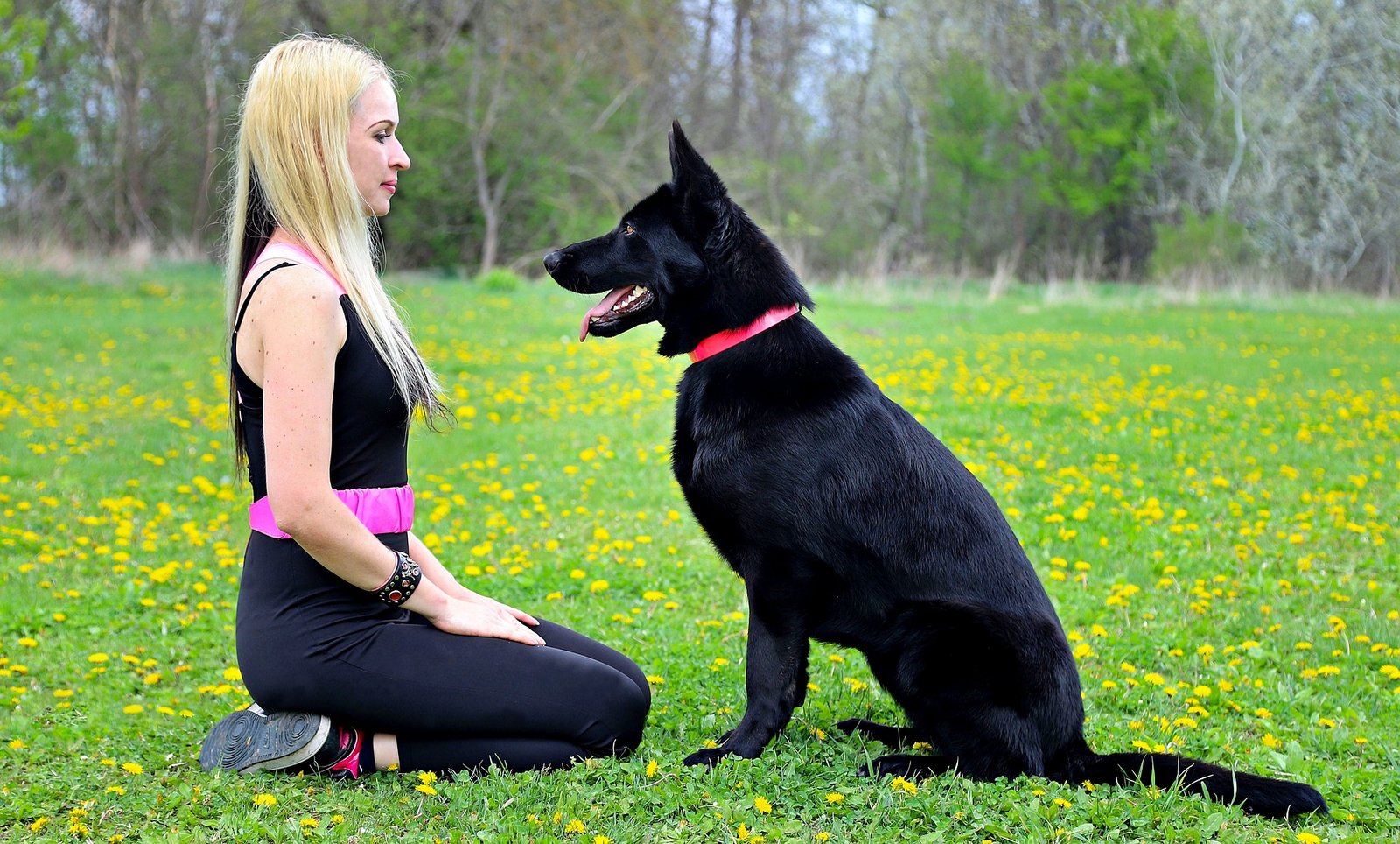
Basic Obedience Training
Basic obedience training is the foundation for a well-behaved German Shepherd. This type of training involves teaching essential commands such as sit, stay, and recall, which are crucial for establishing control over your dog and ensuring their safety in various situations.
For instance, teaching your German Shepherd to sit and stay can prevent them from running into traffic, while a reliable recall command can bring them back if they start to stray off-leash.
Consistent training, when paired with positive reinforcement methods like treats and praise, yields the best results by encouraging the dog to repeat desirable behaviors.
Additionally, this approach helps strengthen the bond between you and your German Shepherd, making the training process enjoyable and rewarding for both.
Advanced Training for Working Roles
For those considering advanced training, German Shepherds excel in specialized roles due to their intelligence and versatility. These remarkable dogs are particularly suited for tasks that require a high level of skill and focus.
Training for tasks such as protection work, scent detection, and agility not only harnesses their natural abilities but also provides them with mental and physical stimulation. Protection work involves teaching the dog to guard and defend, often used in security roles.
Scent detection training is widely used in search and rescue missions, as well as in detecting substances like drugs or explosives.
Agility training enhances their coordination and speed, often featured in competitive dog sports.
To ensure the best results, professional trainers can guide you through these advanced training processes, offering expertise and structured programs that cater to your dog’s specific needs and potential.
Tips for Socialization
Socialization is vital for German Shepherds to develop into confident and well-adjusted adults. Exposing them to different environments, people, and animals from a young age helps prevent behavioral issues. Positive experiences during socialization contribute to their overall happiness and adaptability.
Conclusion
Eager to learn more about the breed? Check out our article dedicated to the Types of German Shepherds. German Shepherds are loved worldwide for their intelligence, loyalty, and versatility. Whether serving in working roles or being cherished family pets, they have proven time and again to be exceptional companions. By understanding their history, traits, and care needs, you can ensure a fulfilling and enriching relationship with your German Shepherd.
If you’re considering bringing a German Shepherd into your life, take the time to research and choose the right one for your needs. With the right care, training, and love, your German Shepherd will reward you with unwavering loyalty and companionship for years to come.
Related Reading
- Dog that looks like a German Shepherd but Smaller
- Dog that looks like a German Shepherd but Bigger
- German Shepherd and Saint Bernard
- European GSD vs American GSD
- Dogs that look like German Shepherds
- German Shepherd Similar Breeds
- German German Shepherd vs American German Shepherd
